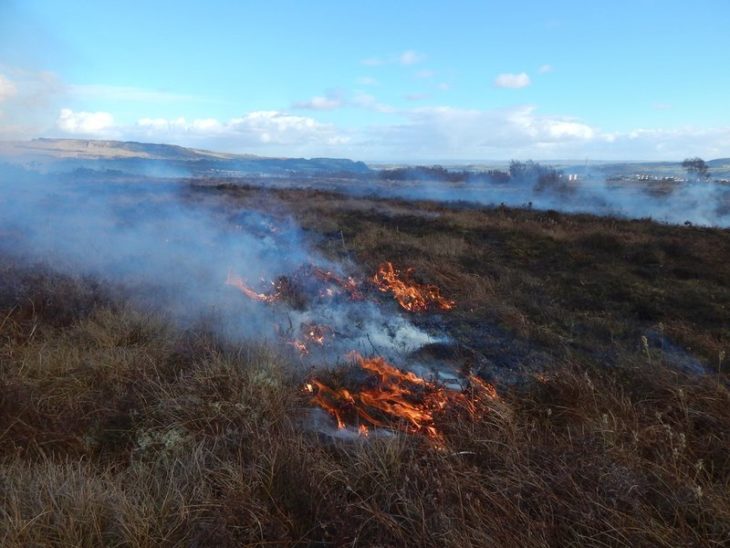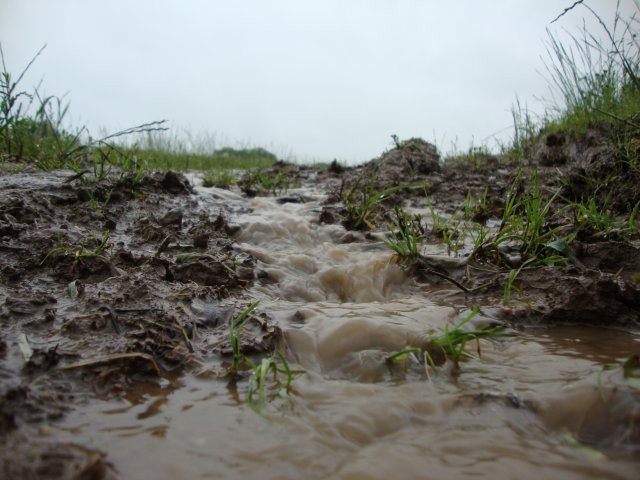Nature in Scotland has suffered from many centuries of exploitation.
This exploitation resulted in the widespread loss of wildlife living within our once common Caledonian pine and lowland deciduous forests, on our wetlands and peatlands and along our spectacularly diverse coastal and marine ecosystems. In the second half of the 20th Century, wildlife continued to suffer and decline. Intensification of agriculture and forestry and an increase in infrastructure associated with urban development took their toll. In the past 20-30 years the rate of habitat loss and degradation has been slowing as efforts have been made to turn the tide through, for example, the designation of protected sites including the Trust’s own suite of 120 wildlife reserves.
The industrialisation of the modern world has led to man-made climate change which, through warmer and wetter weather patterns, is driving changes in the distribution and population levels of species and reducing their resilience to other pressures, such as invasive non-native species. Another consequence of this industrialisation is an increasing disconnection between people and nature, meaning less people have nature in their daily lives and are perhaps less inclined to care for our shared environment.
Uplands
Scotland’s uplands are threatened by the pressures of habitat fragmentation of semi-natural habitats and intensive land management. Poorly planned commercial forestry, planted between the 1960s and 1980s, provided cover for some species but has on balance led to species loss. Unsustainably high levels of grazing from deer and sheep have been the biggest driver of loss together with drainage of peatlands and atmospheric pollution of nutrients and acidic compounds, such as nitrogen and sulphur oxides emitted from fossil fuel burning and vehicles. Intensification of grouse moor management is also leading to severe impacts from burning and wildlife persecution in some areas.
Grasslands
Grasslands cover around one-quarter of Scotland but less than 1% of these are now considered semi-natural and wildlife rich – mostly our meadows, coastal dunes and machair. In the lowlands in particular these habitats have become fragmented, isolated ‘islands’ within an intensively farmed landscape. Further pressures comes from fertilisers, herbicides, pesticides and drainage and re-seeding of grasslands, all of which adversely affects wildlife. Suburban sprawl is also a threat to surviving pockets of semi-natural habitat on the edges of towns and cities.
Freshwaters and wetlands
Our rivers have been affected by changes in both water flow and quality arising from drainage, diversion and straightening of channels for forestry, agriculture and urban developments. Sources of nutrient enrichment both from point sources, such as sewage discharges, and diffuse pollution from run-off of soil, nutrients and pesticides from farmland and forestry also lead to a deterioration in the quality of these habitats. More recently changes to water levels from abstraction for hydropower generation and water-supply industries have impacted on our freshwater habitats and the wildlife these support.
Woodlands
Less than 20% of Scotland’s land mass now supports woodland – far below the 46% European average. Of the woodland cover that Scotland does have, the majority is made up of non-native plantation woodland that does not support the same wealth of wildlife that native woodlands support.
Remaining areas of native woodland are subject to intense pressure from browsing and grazing by deer and livestock. Arguably though, one of the greatest future threats to our woodland habitats is the increasing prevalence of pests and disease arising from climate change.
Coast and seas
Pressures on the marine environment come from a range of activities. Commercial fisheries, especially bottom trawlers and scallop dredgers which drag their gear across the seabed, and localised pollution from aquaculture continue to be two of the most significant pressures on inshore waters today. For a long time eutrophication from nutrient run-off from farmland has led to algal blooms that can quickly reduce the oxygen levels and suffocate and smother marine plants and bottom-dwelling species. Marine litter, including millions of tonnes of plastics and micro plastics have also become a serious threat, and are now finding their way through the food chain into the guts of fish, shellfish and seabirds.
Urban
The majority of people live in towns and cities and the quality of these environments has a direct effect on our health and well-being. Although air quality has been improving, as fossil fuel use reduces and cleaner technologies are introduced, it nonetheless regularly exceeds recommended safety levels in larger cities. Development pressures can also threaten existing green spaces and the poorly designed and located new developments can lead to habitat loss and further fragmentation.
Wildlife crime
Sadly, crimes against Scotland’s wildlife continue to be an all too common occurrence and affect a wide range of wildlife and habitats.


